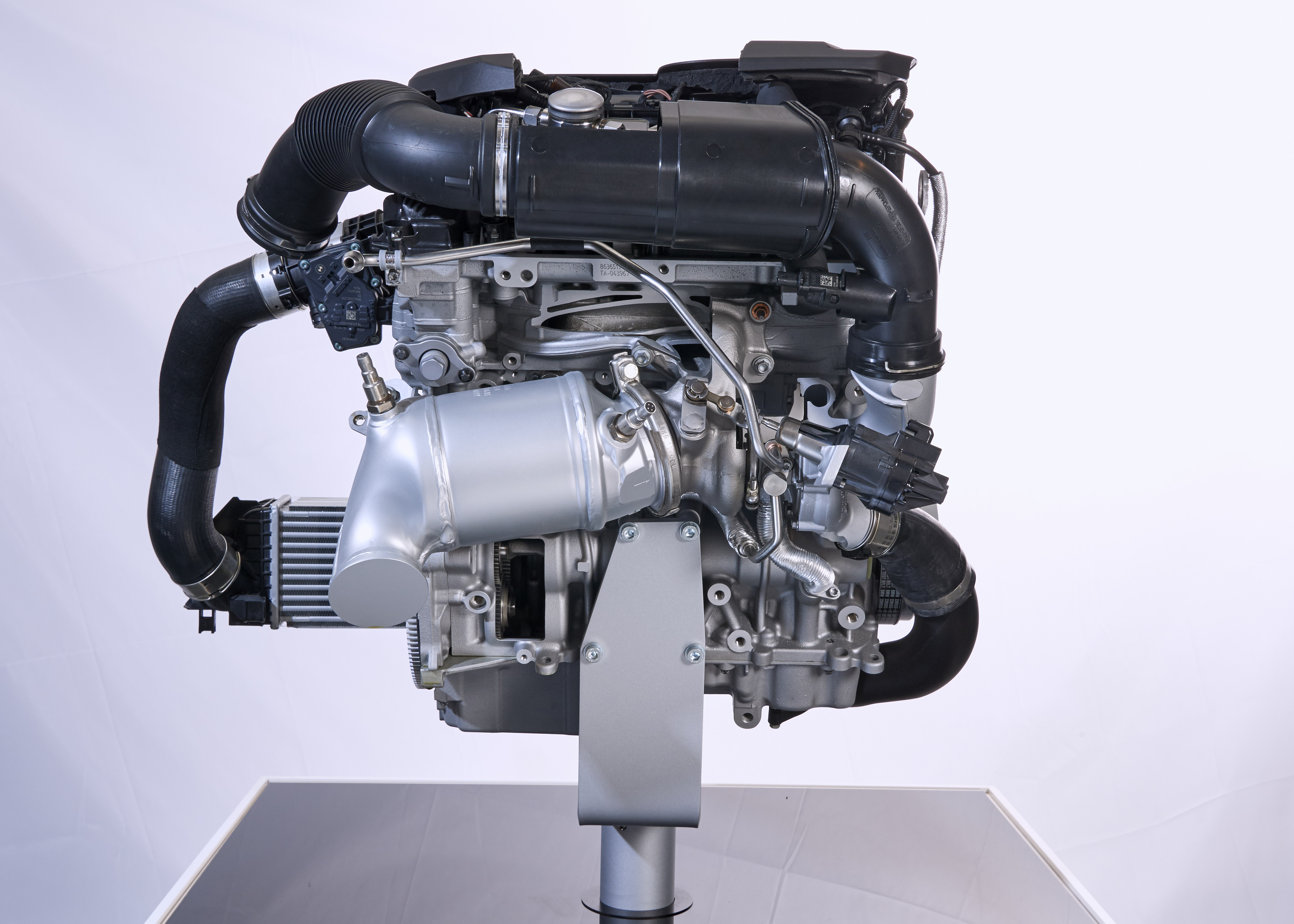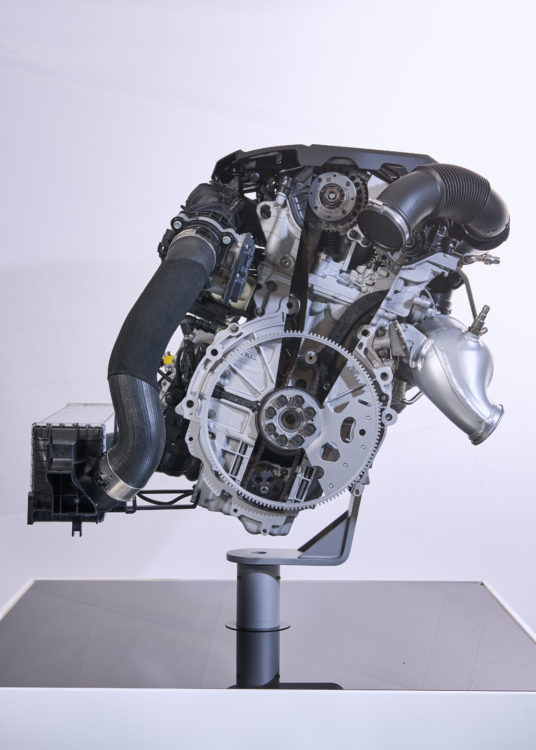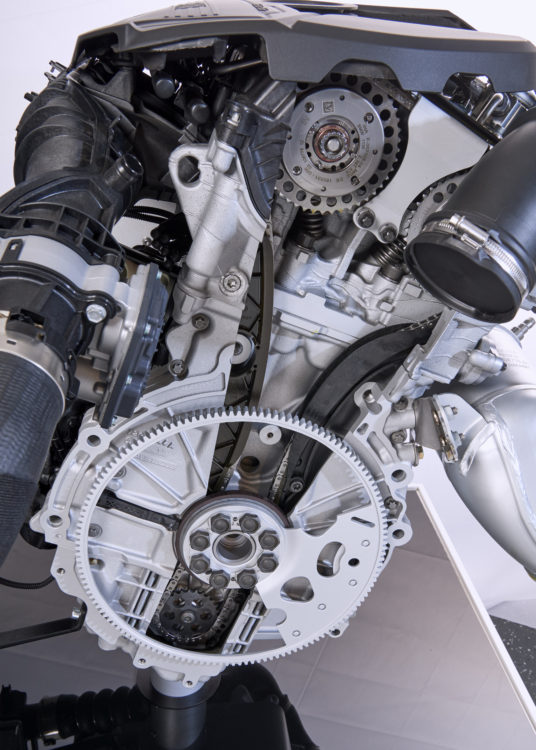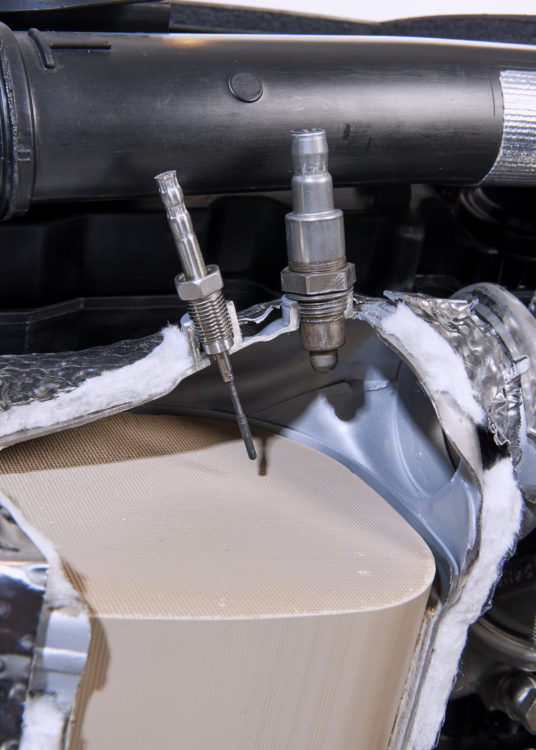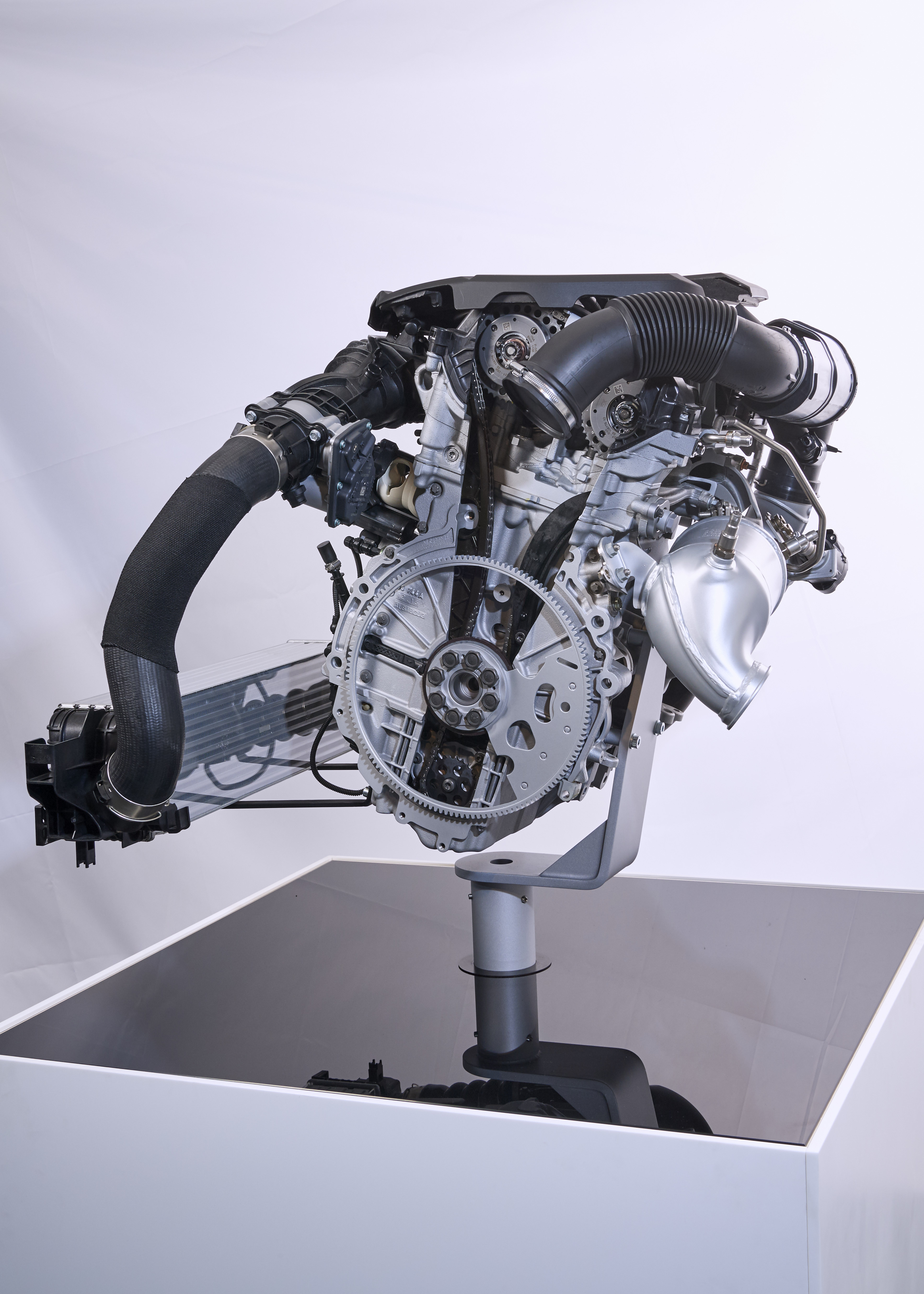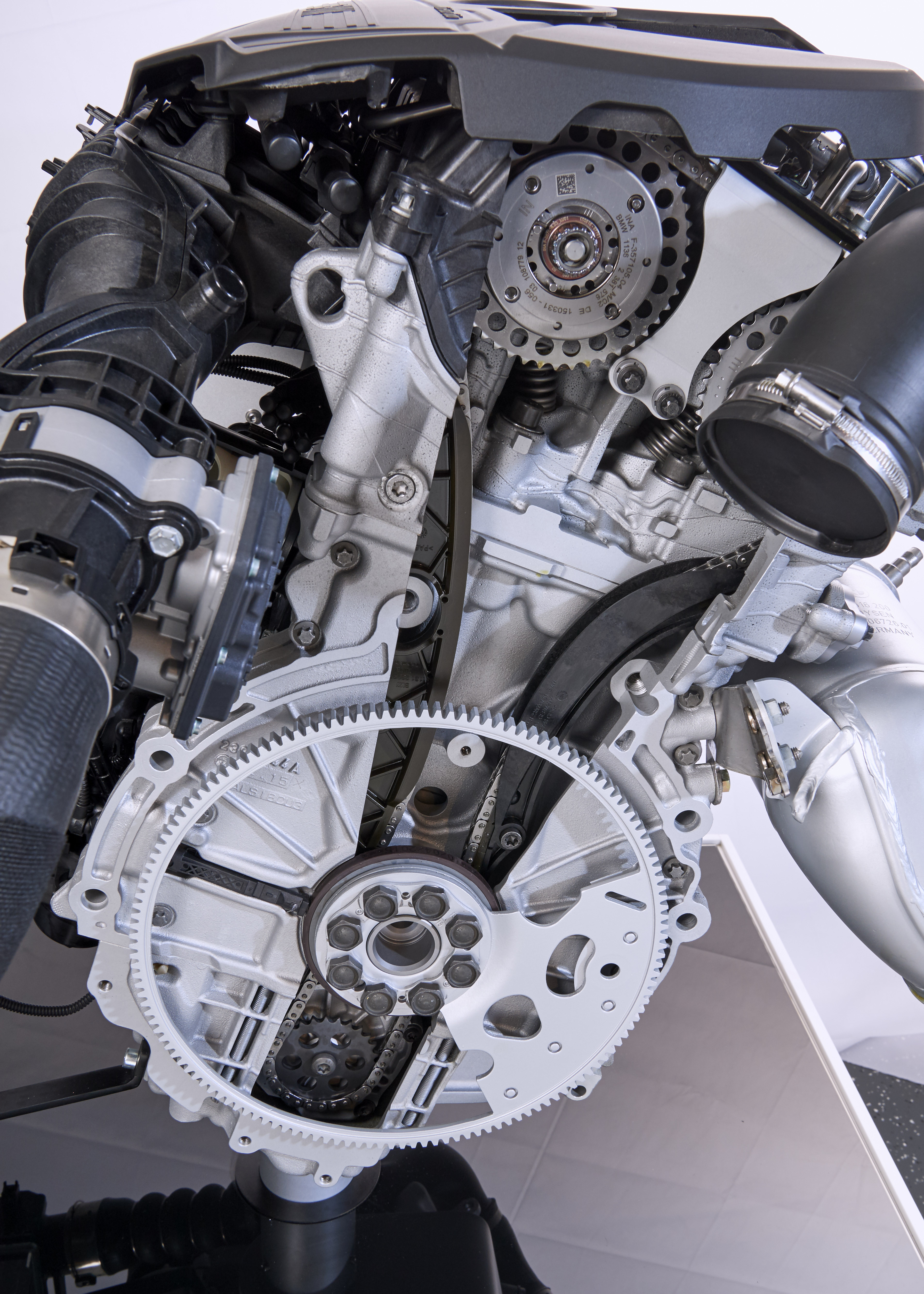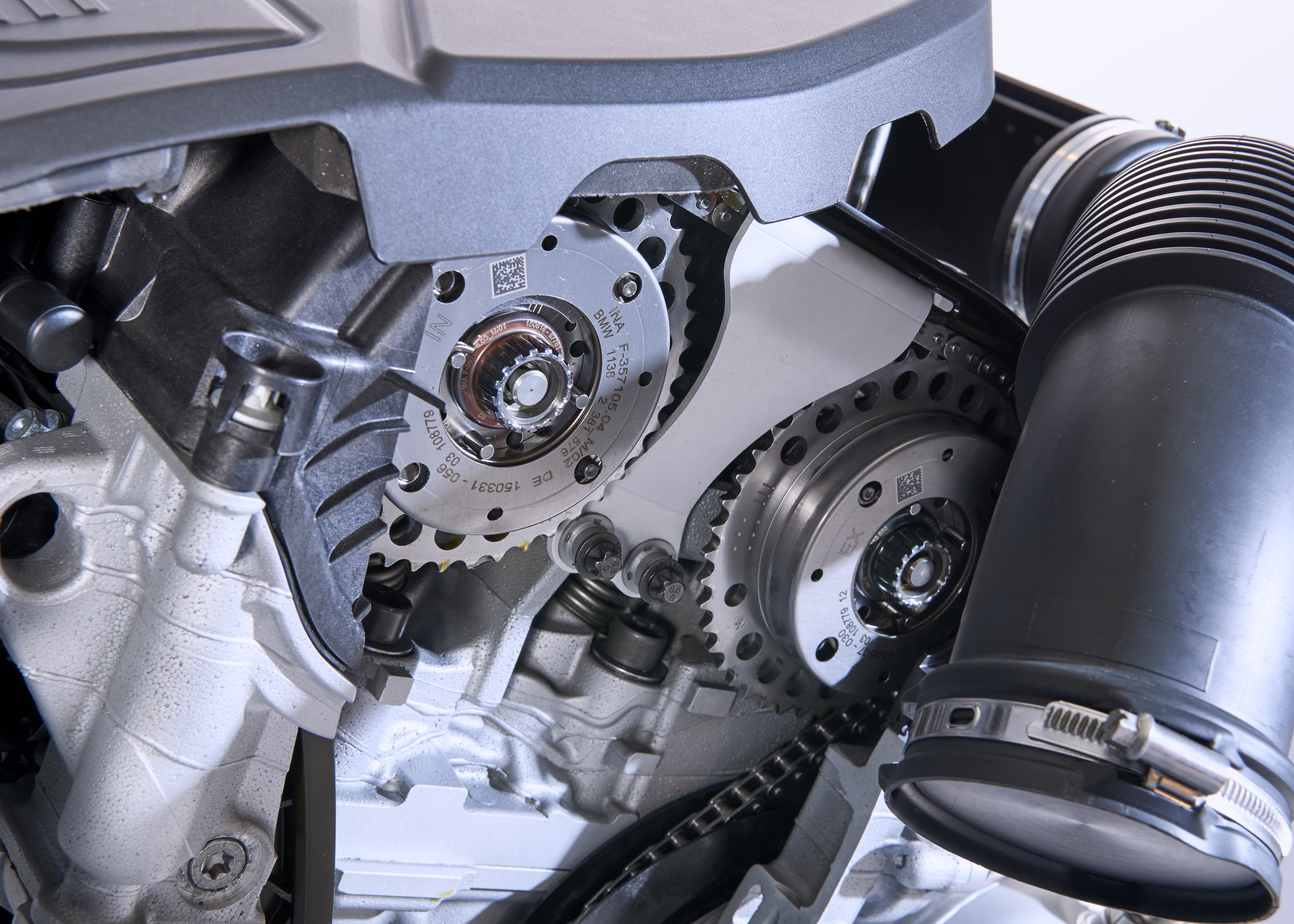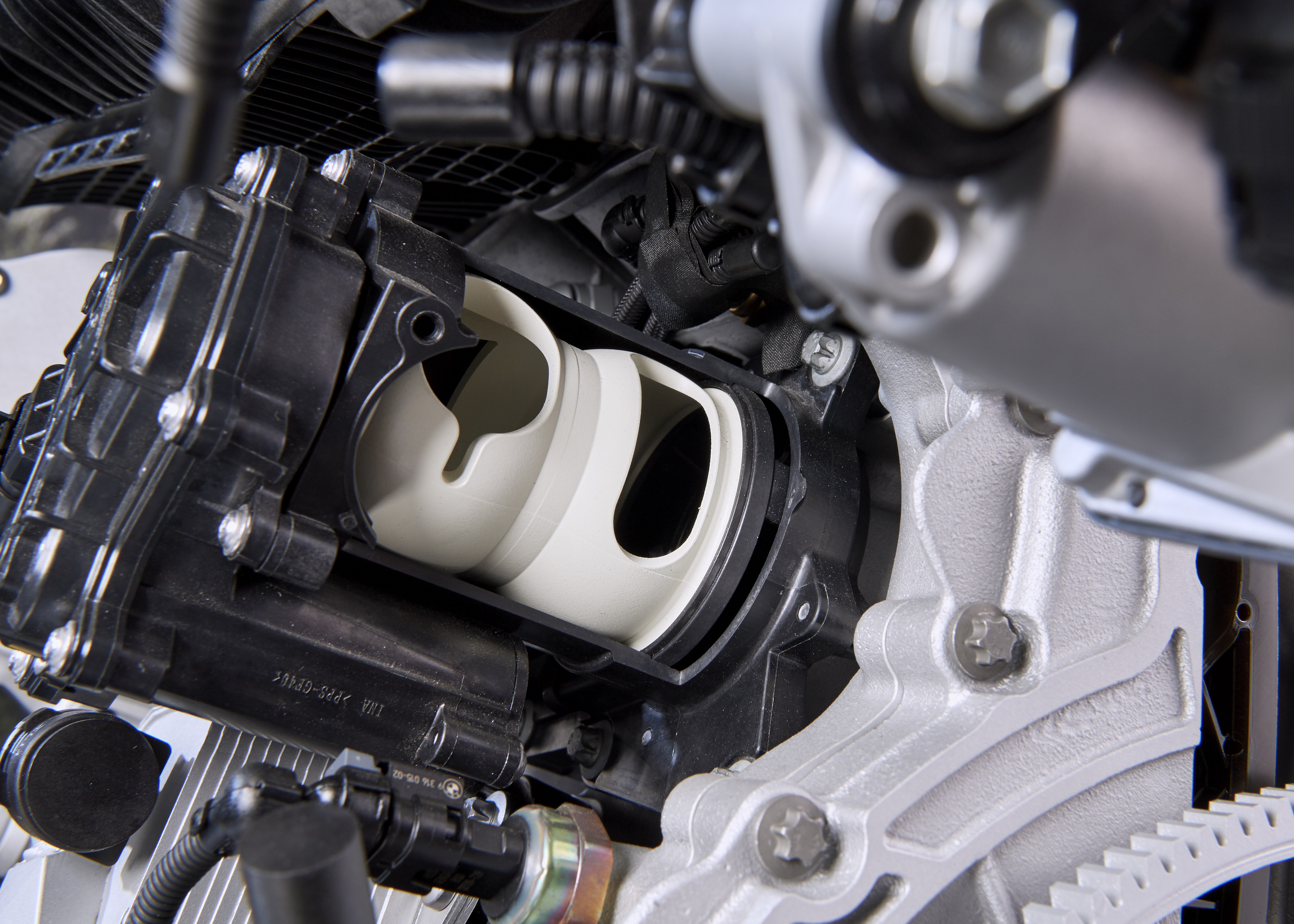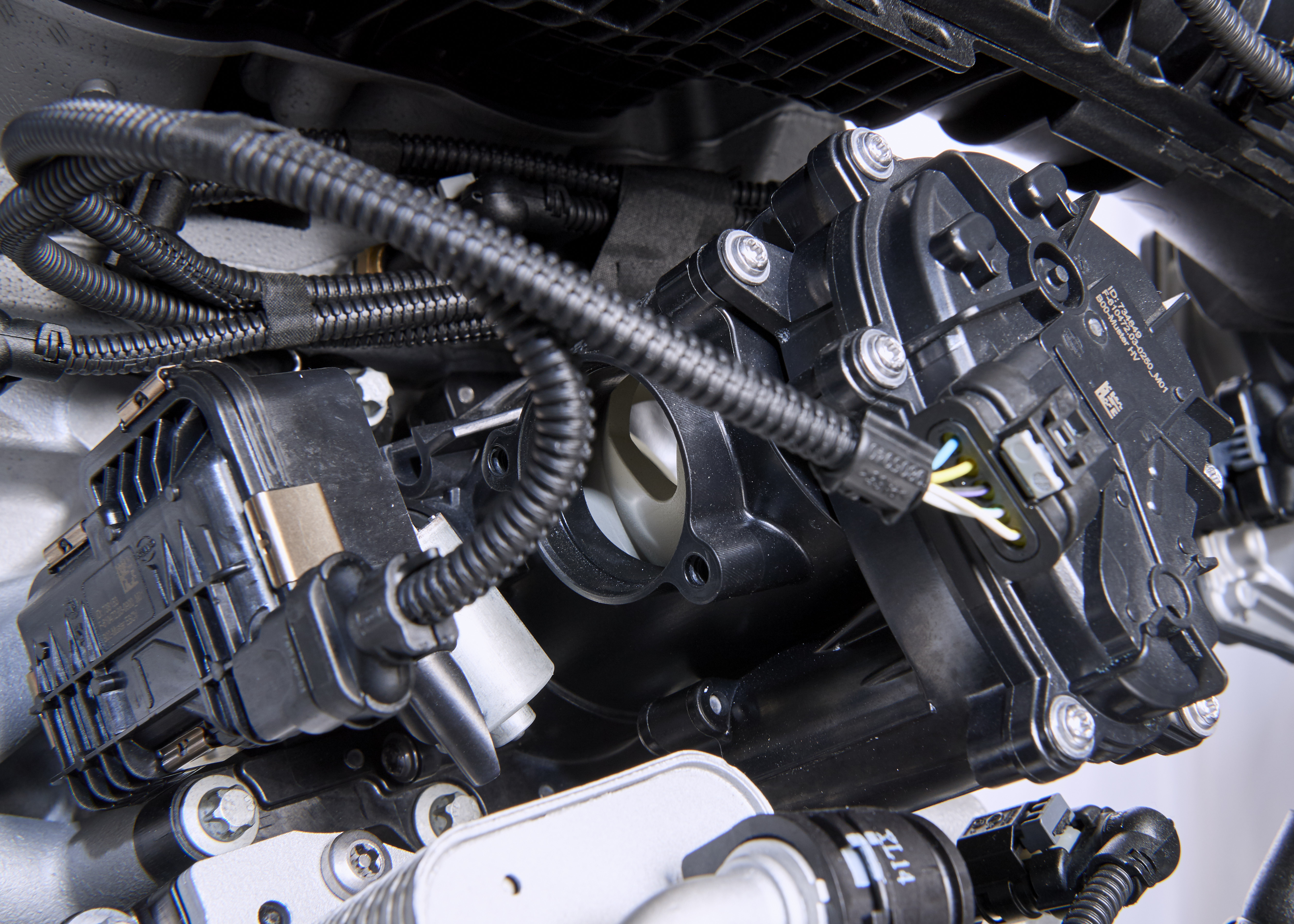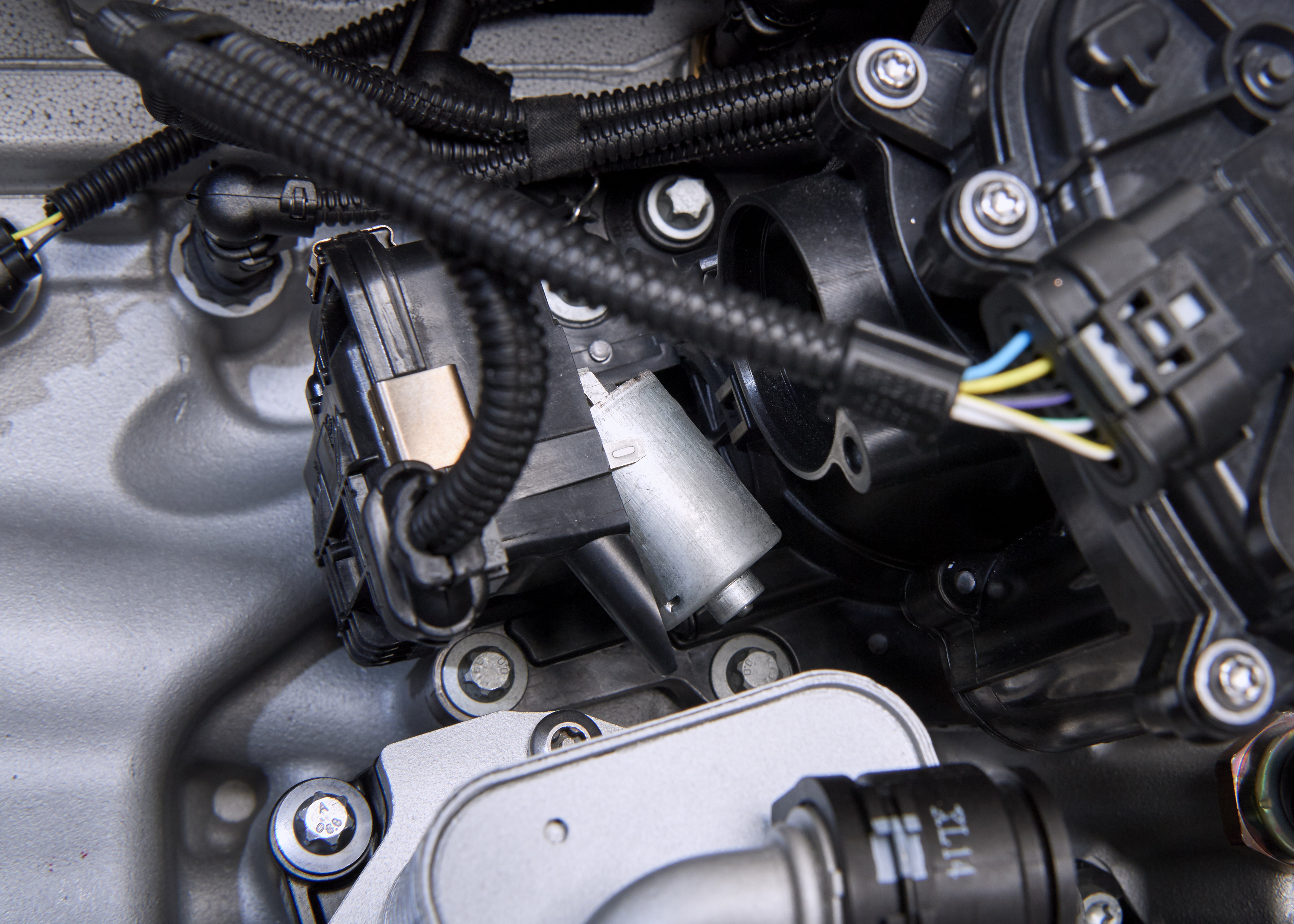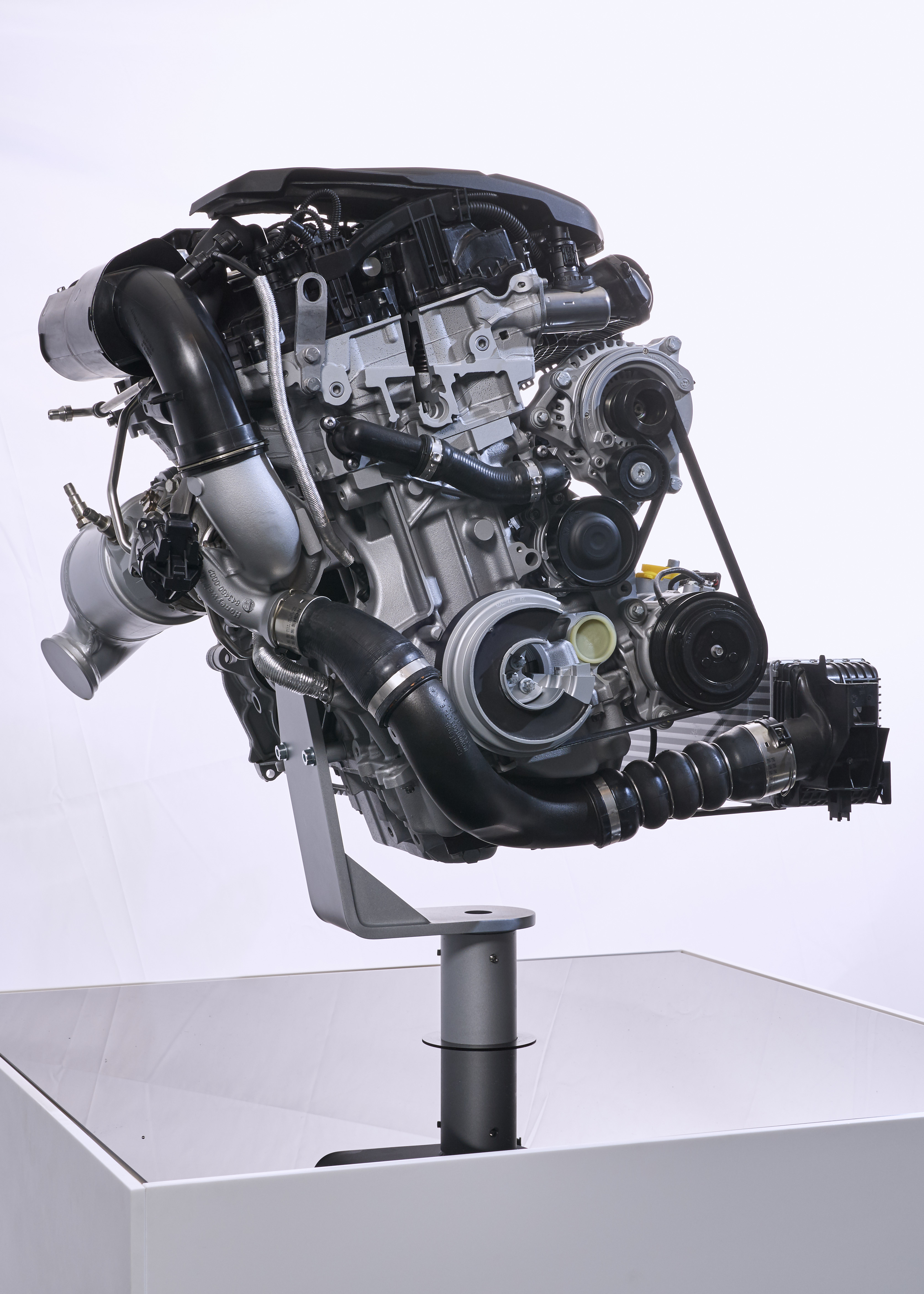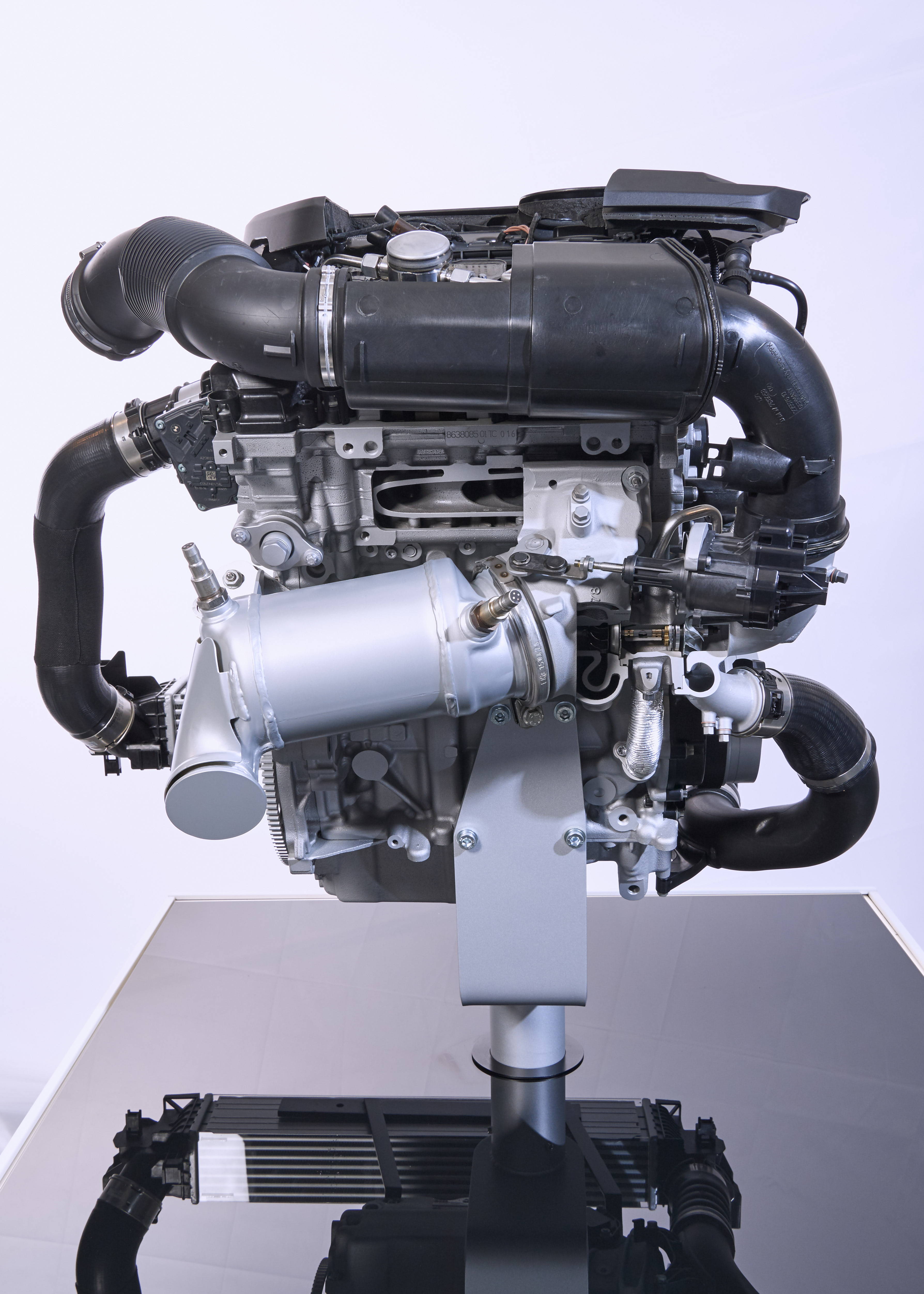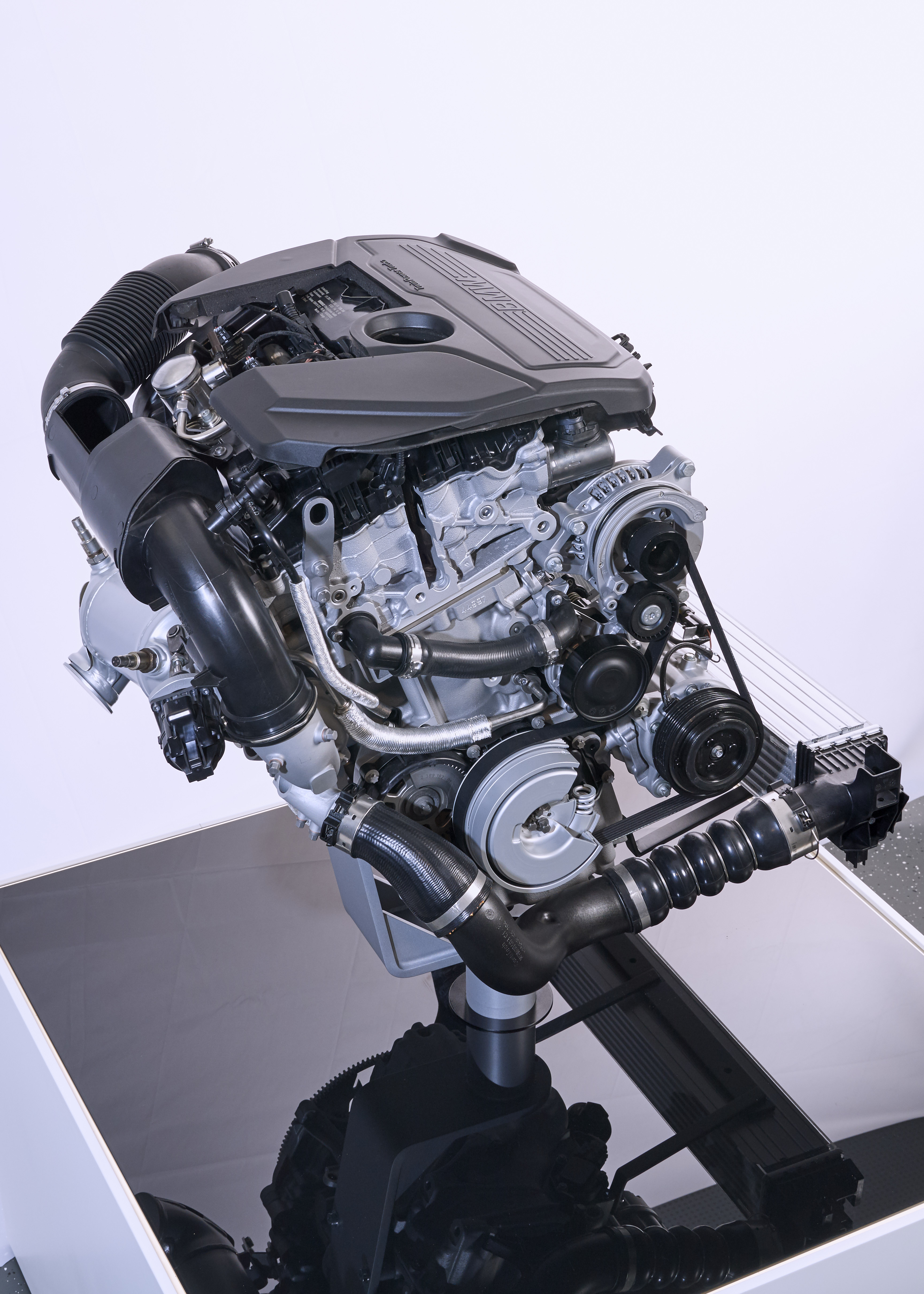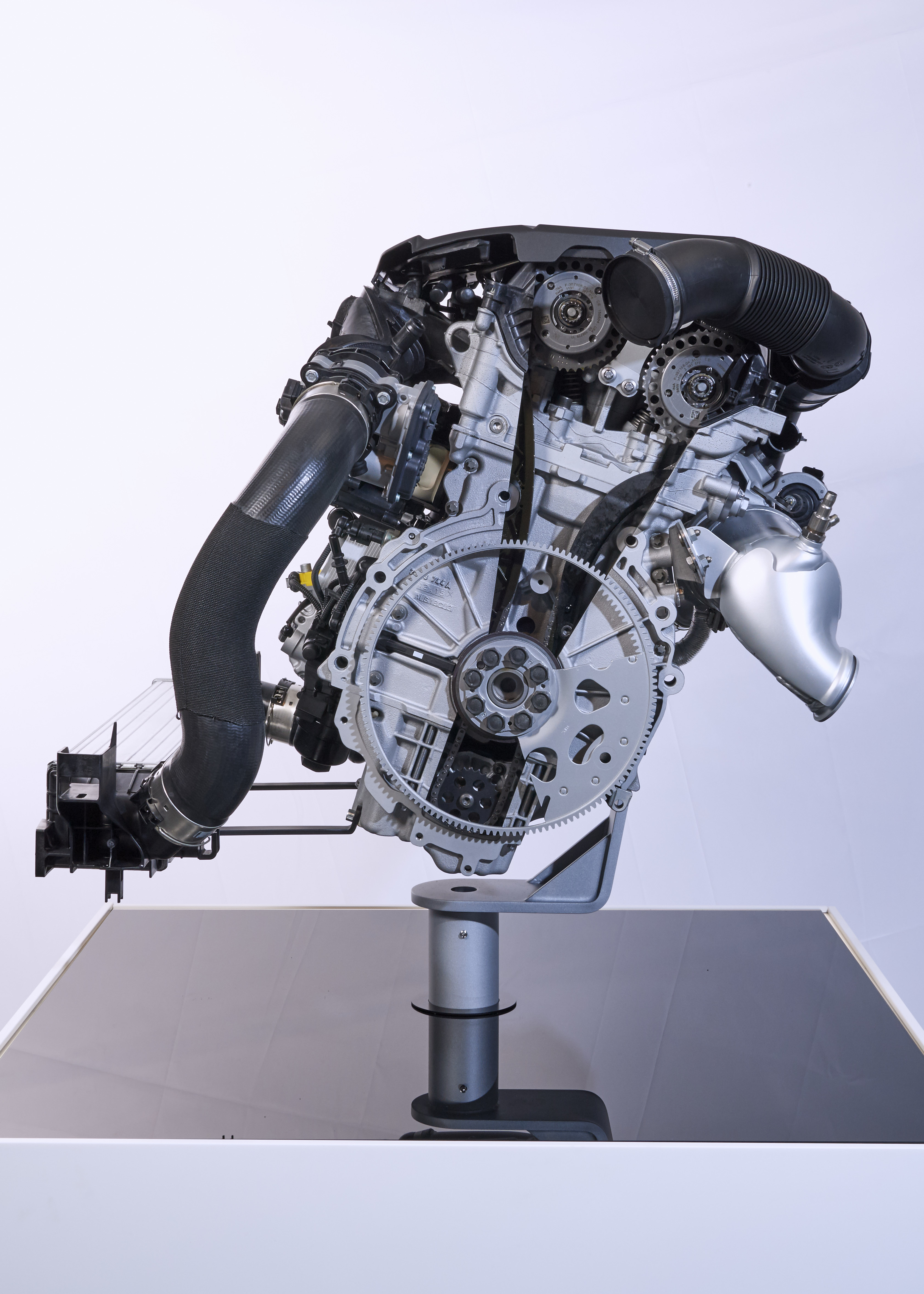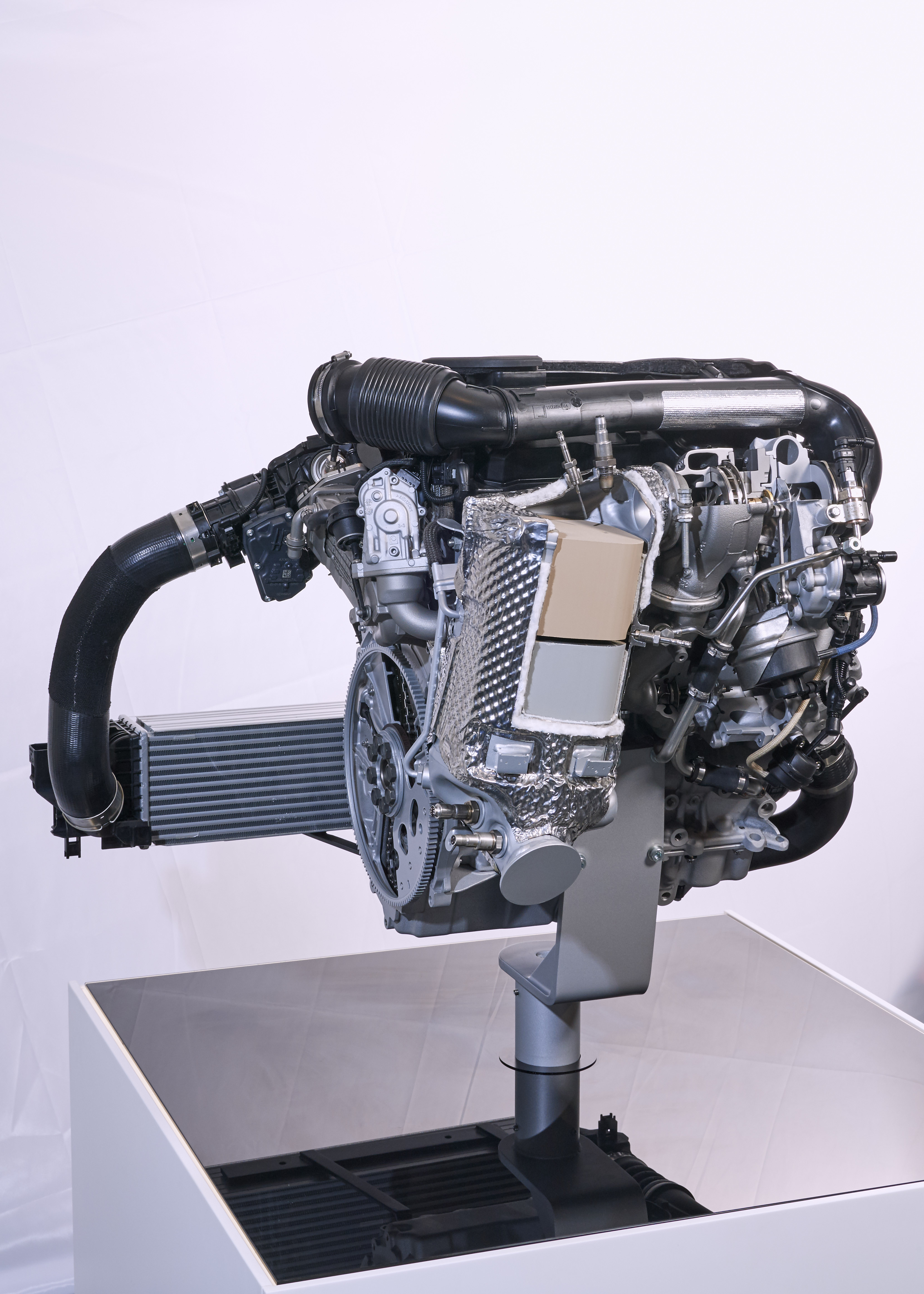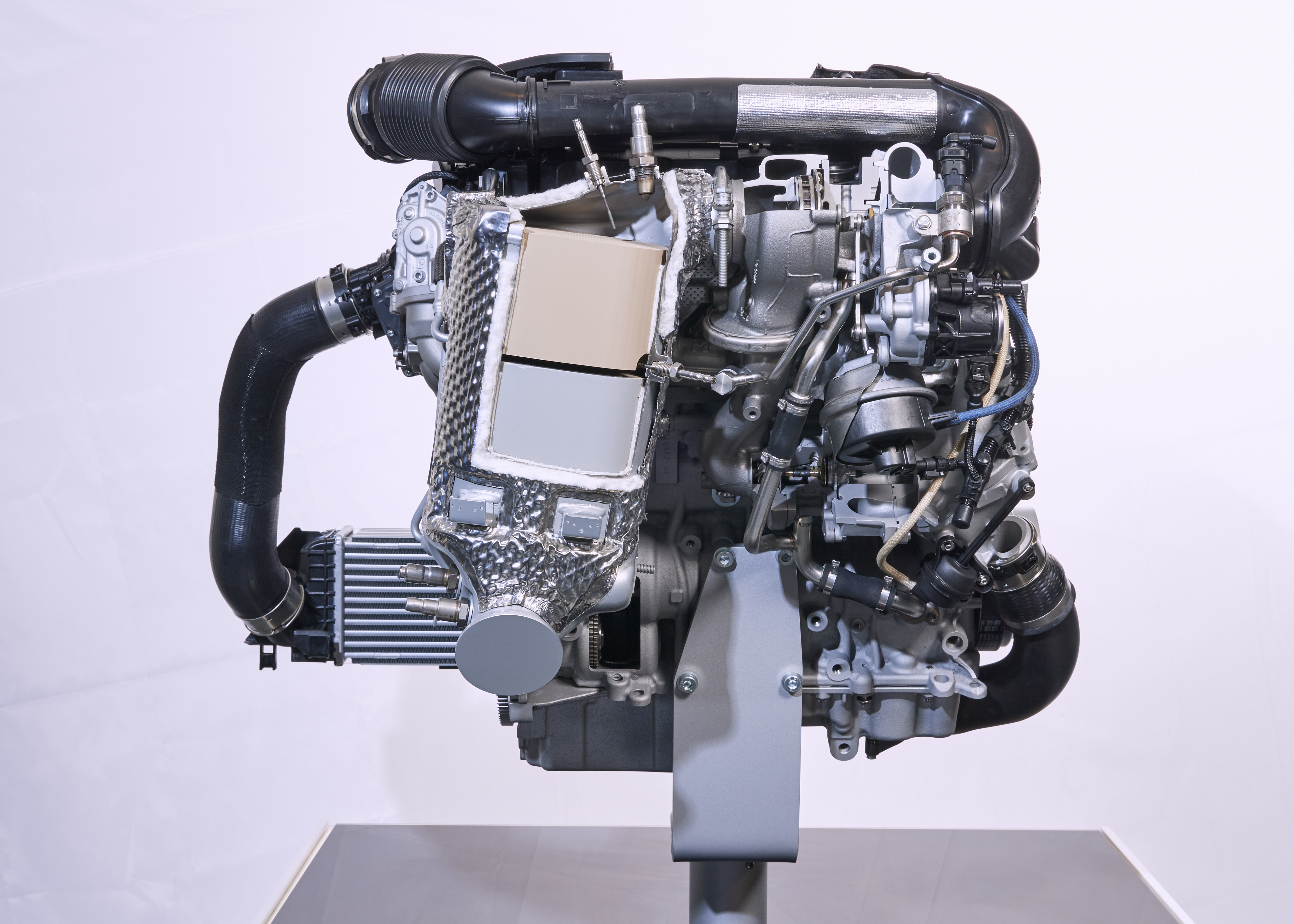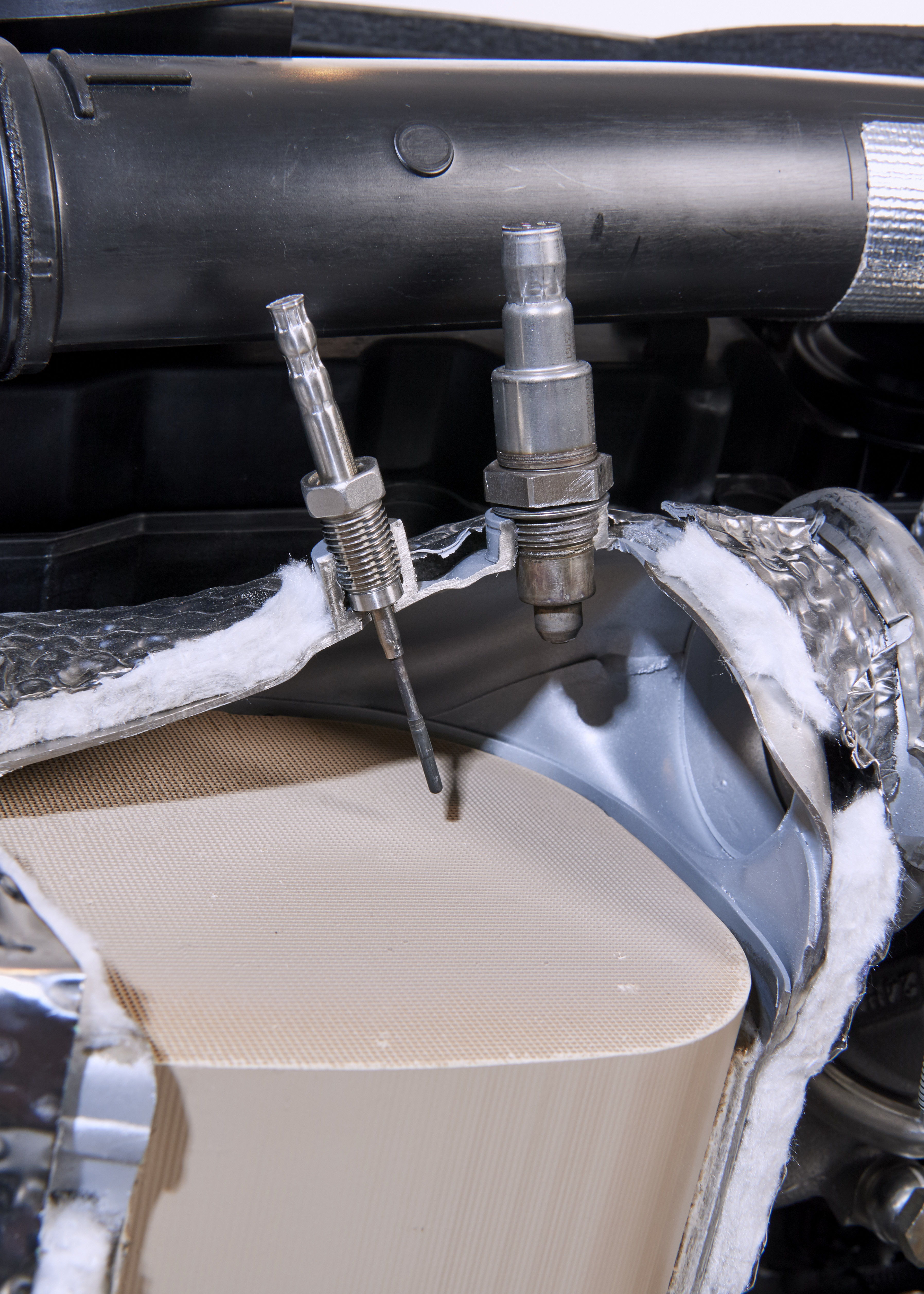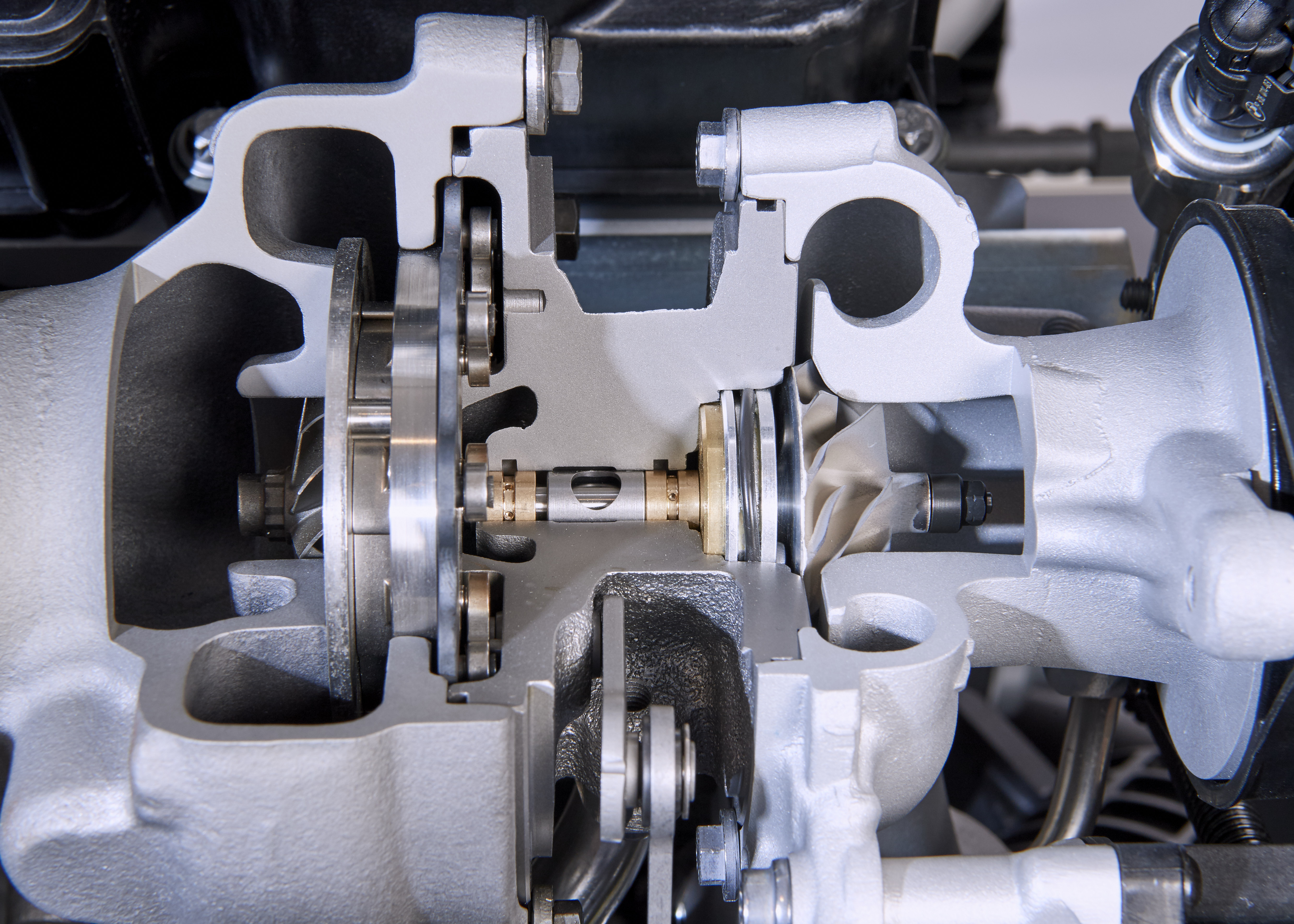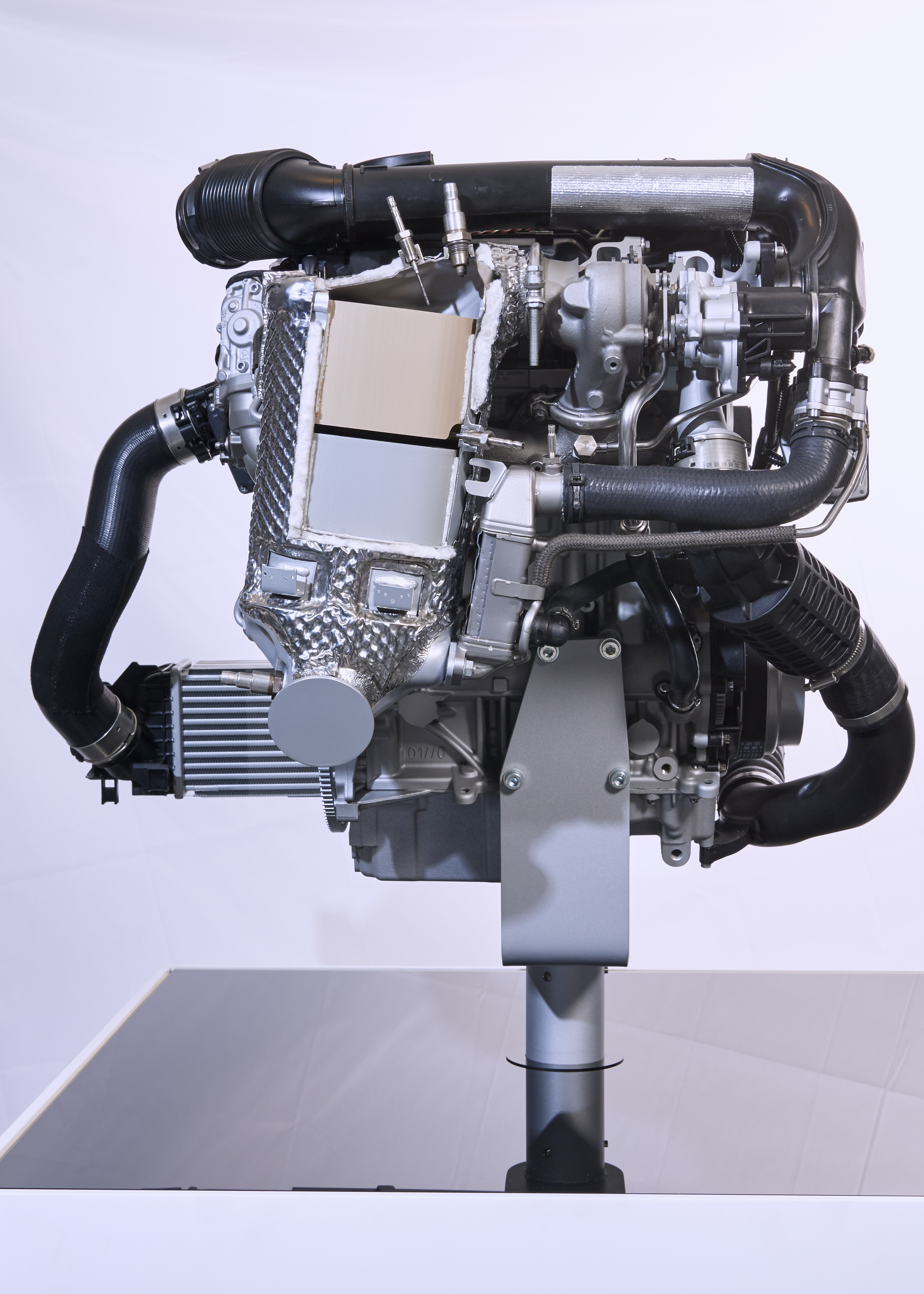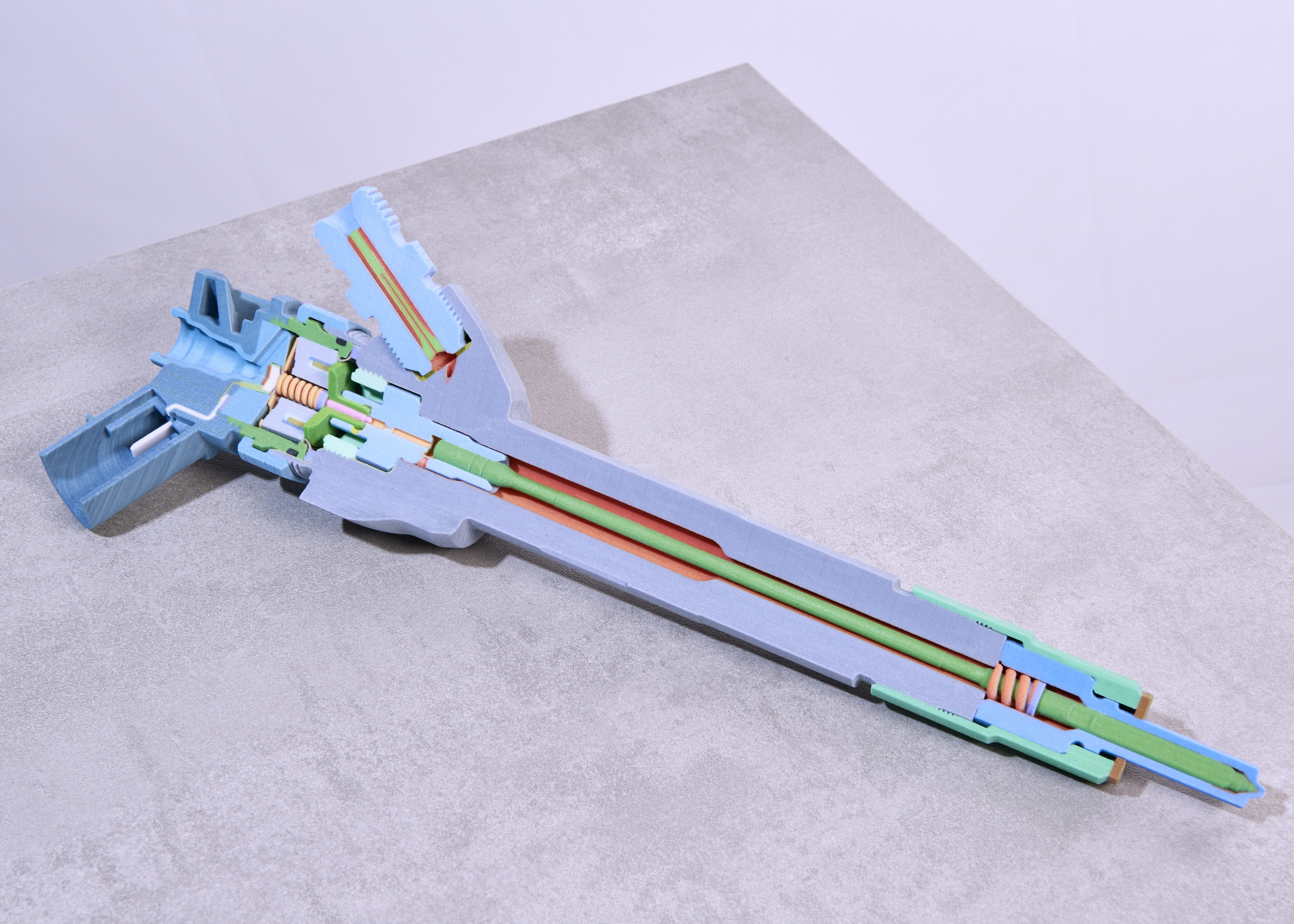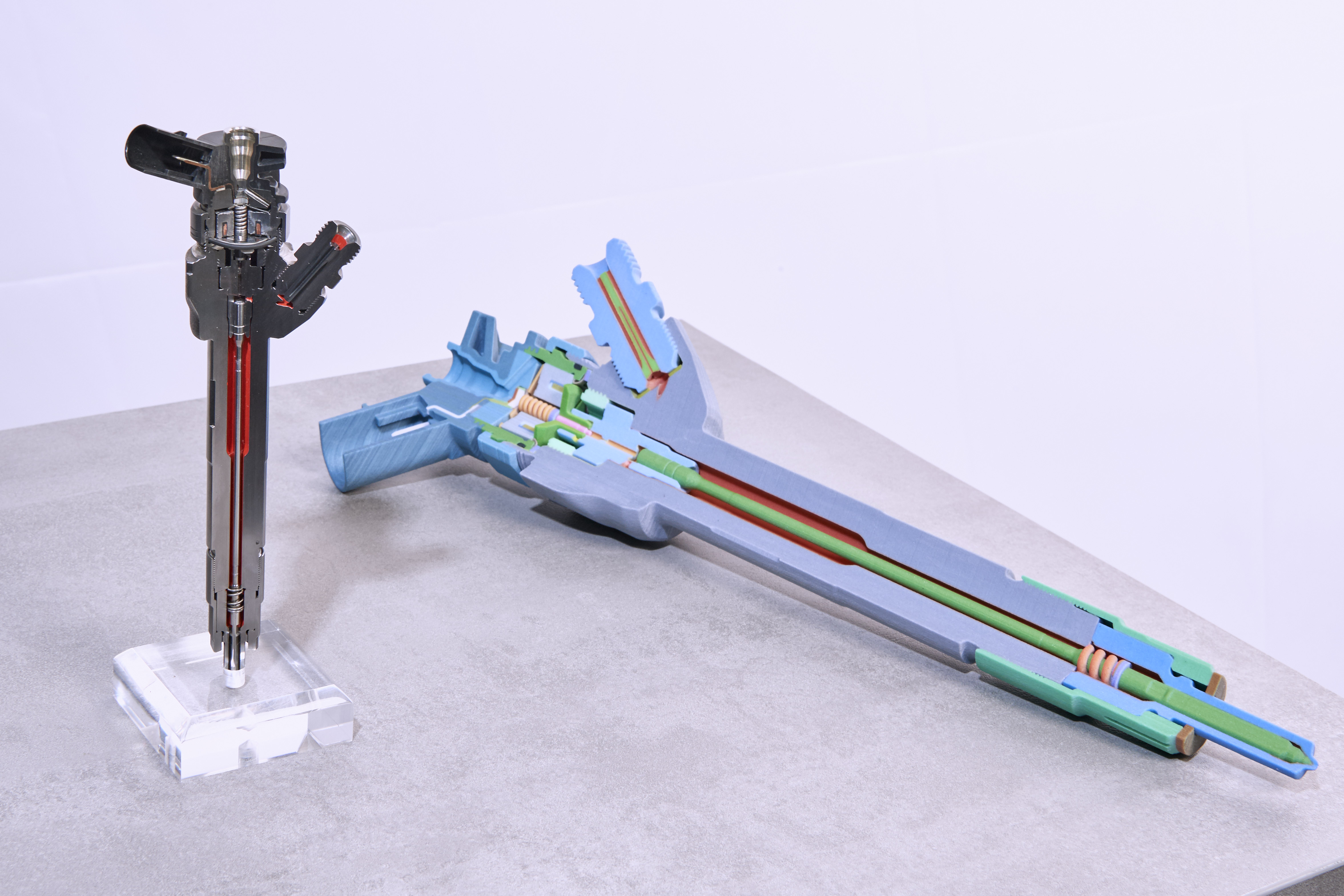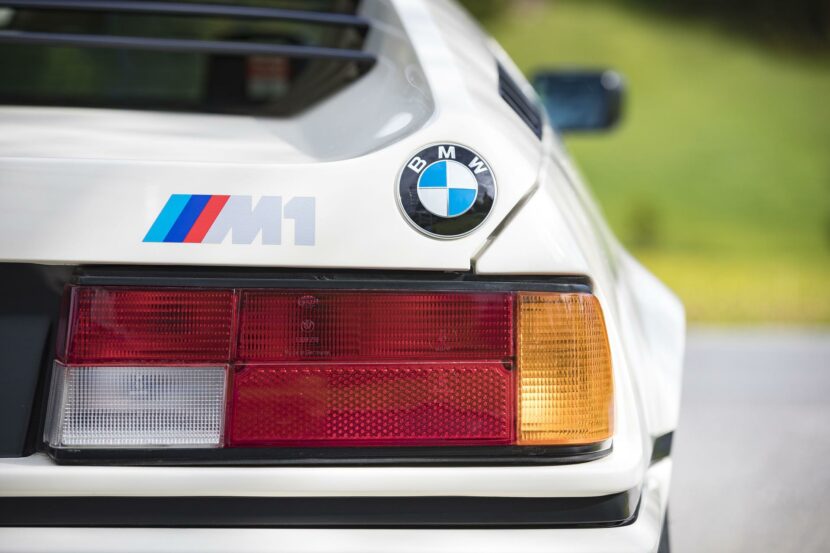Not long ago, BMW announced that in the future, its engine line-up will be made up of more efficient and more powerful modular engines. What that meant was that they would be sharing a lot of their components between them, even between petrol and diesel counterparts. As a matter of fact, on the new B-family of powerplants, you can see up to 40 percent of parts being shared on similar mills, no matter the combustion method used.
These new powerplants are now being rolled out on a massive scale, replacing old N-family engines even on models that aren’t completely new. But what did BMW exactly do to make them more efficient and more powerful while also reducing production costs? That’s what we’re here to talk about.
On petrol engines, the most important aspect to keep in mind is the usage of BMW’s famed TwinPower technology. This includes the turbocharging system, direct petrol injection, variable control of intake valve lift (VALVETRONIC) and continuously variable opening times for the intake and exhaust valves (Double-VANOS).
BMW TwinPower Turbo 4-Zylinder Benzinmotor
The turbocharging system, consisting of a turbocharger integrated into the exhaust manifold has undergone additional development as part of the engine family’s overhaul. The exhaust manifold and turbocharger are now housed together in the cylinder head. The turbocharger casing for the 3-cylinder engines is made from either aluminum or steel depending on the output variant, while the four-cylinder units all feature steel casing.
The same can be said about the injection system. The injectors are now positioned centrally, between the valves and use a new fuel pump that will reach in the future a maximum pressure value of 350 bar. This way, even more precise metering of the fuel is enabled while also helping to improve emissions quality over wide load ranges. Even the cooling system was reworked, to optimize the combustion process with the aim of reducing both CO2 output and other pollutant emissions. The new coolant pump now has separate outlets for the flow of coolant to the cylinder head and engine block, which results in far more effective thermal management.
Other modifications that have a positive impact on engine efficiency include the use of a single-piece timing chain drive, which has the additional effect of optimizing acoustics. Plus, the revised engines are fitted with a new belt drive that is now the same on all variants. An L-shaped belt arrangement is used for driving the alternator, water pump, torsional vibration damper and air conditioning compressor.
TwinPower Turbo 4-Zylinder Benzinmotor
On the diesel side of things, the same TwinPower Turbp technology is key to reducing emissions and improving performance alongside common-rail direct injection systems. To ensure even sharper throttle response while also increasing engine efficiency, all four-cylinder diesel units will in future benefit from the multi-stage turbocharging system that was previously only found on the most powerful four-cylinder engines of this type.
This principle involves using two turbochargers of different sizes whose precision interaction is designed to put pulling power on tap early and keep it constant over a broad rev range. The multi-stage turbocharging on the new 4-cylinder units features a low-pressure stage with variable inlet geometry and a high-pressure stage. To further enhance responsiveness and acoustics, both turbochargers are equipped with the latest slide bearing technology. The new turbocharging system’s high-pressure stage is fully integrated into the exhaust manifold.
The system is controlled by means of the low-pressure stage’s electrically adjustable charger vanes as well as the wastegate valve for the high-pressure stage and a compressor bypass, both of which are actuated pneumatically. This allows the supply of compacted air to the combustion chambers to be precisely adjusted at all times to suit the load requirements and the driving situation. In future, switchable cooling for the low-pressure stage housing will further improve the most powerful four-cylinder diesel engine’s efficiency.
A redesigned system of exhaust gas recirculation (EGR) also helps to both reduce fuel consumption and minimize emissions. A single-stage version of this system is fitted on the new four-cylinder diesel engines and a two-stage version on the 3-cylinder units, ensuring particularly effective reduction of nitrogen oxide emissions (NOX).
The EGR high-pressure module employed in all next-generation engines diverts the exhaust gases straight out of the manifold via an infinitely adjustable valve before directing them to the intake system, either in a cooled or a non-cooled state, as required. The new three-cylinder diesel units are additionally equipped with a low-pressure EGR module that likewise includes a cooling facility. This captures exhaust gas that has already flowed through the diesel particulate filter (where it is stripped of its soot particles) and reroutes it to the clean air line.The low-pressure exhaust gas recirculation can also be used in engine running conditions where the pressure difference in the turbocharging system is insufficient to activate the high-pressure EGR.
The common-rail direct injection system for the new three and four-cylinder diesel engines has also undergone further improvement and now operates at a higher pressure and with greater precision. Its revised injectors feature an upgraded system of sensors that enables extremely exact metering of the injected fuel. In multiple injections within a stroke sequence, the intervals between the individual injections can also be shortened as a result. The finer atomisation of the fuel brought about by the further increase in maximum injection pressure leads to exceptionally clean combustion with reduced residue in the exhaust gas. The injection systems on the three-cylinder engines will in future work with up to 2,200 bar of pressure, while the maximum pressure for the four-cylinder diesel units will increase to 2,500 bar or 2,700 bar in the most powerful variant.
TwinPower Turbo 3-Zylinder Dieselmotor
Manufacture of both the three and four-cylinder diesel engines will in future rely on a process known as “form honing” for machining the cylinder bores in the aluminum crankcase, with their twin-wire arc-sprayed coating. The standard procedure used to date involves giving the cylinder bores a perfectly cylindrical shape, meaning they have an identical diameter from top to bottom. The influence of thermal and dynamic forces causes expansion in the top section of the cylinder bores, which starts during assembly of the cylinder head but is particularly noticeable during engine operation.
Depending on the piston design, this either causes play at the top of the cylinder bores that has a negative effect on the engine acoustics or increased friction low down that is detrimental to efficiency. The new manufacturing technique being used for the first time for production engines makes allowance for these subsequent alterations. In order to compensate for them, the cylinder bores are now flared slightly towards the bottom. When the engine is operating, the expansion in the top section therefore creates a largely uniform diameter throughout the cylinder bores, allowing the pistons’ friction losses to be reduced without any negative impact on the engine’s acoustics.


